
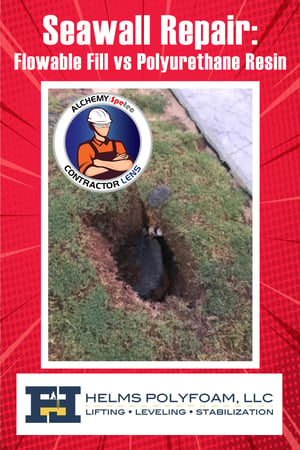 This post is part of the Alchemy-Spetec Contractor Lens series, featuring views, news & case studies written by our customers. This article, written by J.R. Crowell of Helms Polyfoam, explains the difference between two popular types of seawall repair materials. If you're an Alchemy-Spetec customer and you'd like to discuss writing content for our blog, please send an email to marketing@alchemy-spetec.com today!.
This post is part of the Alchemy-Spetec Contractor Lens series, featuring views, news & case studies written by our customers. This article, written by J.R. Crowell of Helms Polyfoam, explains the difference between two popular types of seawall repair materials. If you're an Alchemy-Spetec customer and you'd like to discuss writing content for our blog, please send an email to marketing@alchemy-spetec.com today!.
Seawalls play an important role in shoreline protection and adjacent structure stability. Over time however, hydrostatic pressure, storm surges, and simple aging will create the need for routine maintenance to be performed on the walls themselves as well as on the soil behind the walls. When repairs are needed, it's important to use the most effective material available.
Let's take a look at a recent job in which two different materials were used. We were brought in on a project where a metal coastal seawall was damaged by heavy erosion and washouts. This particular repair was part of a larger scale revitalization to a public access area, so safety and aesthetics were very important. Prior to our involvement, the repair plan to fill the voids called for flowable fill, a cementitious mixture, to be pumped into all known voids. That process was completed on a Friday, and when the site was evaluated the following Monday, over half of the voids were back. Why did this happen? Here are a few reasons:
-
Flowable fill is a cementitious mixture with fluid properties. Cement has a long cure time and it is heavy. So, pumping this into a void caused by water infiltrating an already weak seawall means two things:
-
Water is present, so an even longer than normal cure time is expected. Longer cure time means more time for water to undermine the seawall.
-
Flowable fill relies on volume to fill voids. More volume means more weight. More weight on a weak/failing wall could make matters worse.
-
Part of sediment loss from behind the wall was due to larger, rusted holes. Based on the factors stated above, flowable fill will have a hard time setting up with water actively coming through the wall, which means you never get a complete seal on the holes.
-
Flowable fill doesn’t combine with soil, but rather fills up only large voids. It is a thick material which means any small water paths will be hard, if not impossible, to reach.
The Solution:
We used a permeating, hydrophobic, polyurethane resin to seal off the problem areas. This material is a bit of a hybrid chemical, meaning it has both permeating and expansive qualities. (It should be noted that the expansive qualities are not synonymous with the qualities of the rigid, two part expanding foams used to lift and stabilize structures.)
Two days after the repair was completed, this area was hit with a tropical storm dumping 8” of rain in a matter of days and sending a powerful surge that caused waves to crash over the seawall. A thorough site evaluation the next week revealed that the polyurethane resin repair held. So, why was this repair successful?
-
For starters, with active leaks and holes in a seawall, you want to stop the water inflow as fast as possible so that the material behind the wall can be strengthened. Material used here has an expansion rate of 50x its liquid state and is moisture activated. This combined with hydrophobic properties means that as soon as the resin touched moisture, it began to seek and force out all water in the area. This is saying a lot when you take into account the material was also holding off pressure from coastal tides.
-
This resin has a very low viscosity (approximately 100cps) and is injected under pressure. So anywhere water is going, it can go. This is important because we are not just sealing the small holes, we are finding the small paths that flowable fill simply cannot get to. There were instances where we had material reaction 10-15 ft from our injection point, meaning it found water traveling that far to cause problems. Flowable fill can’t find that.
-
Remember we said this is a hybrid material and the permeation qualities are probably the most important part of this repair. Once the active leaks were sealed, the resin then permeated through the soil seeking out all large and hairline water paths. As interaction with soil and moisture occurred, soil particles were combined and bound together to create a solid, water impermeable mass everywhere water once traveled. Extra care was also taken to make sure the surrounding areas were treated to mitigate future erosion. This was important because we were stabilizing the natural water paths, where water has been and will be trying to go, we weren’t just putting up a “dam”. This method stops the water intrusion at its source and then strengthens the area.
Seawall failures are common and can be expensive and unsafe if done incorrectly. We want to make sure you have access to all the information necessary to make an informed decision. The initially failed repair was not at all due to negligence, but simply a lack of information. The property owners weren’t aware of a better method. Therein lies our mission, to solve problems permanently and educate while doing so.
Click here for more information on Helms Polyfoam.
Want more information on seawall repair with polyurethane?


 It has become an Alchemy-Spetec annual tradition to re-post this classic holiday season safety blog I wrote a few years ago. Merry Christmas and Happy New Year!
It has become an Alchemy-Spetec annual tradition to re-post this classic holiday season safety blog I wrote a few years ago. Merry Christmas and Happy New Year!

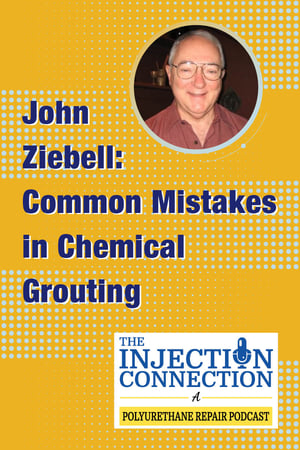



 This post is part of the
This post is part of the



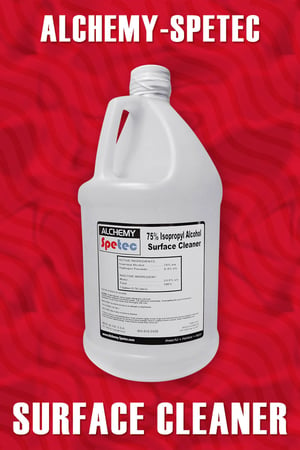 With the Covid-19 situation intensifying again as the weather gets colder, you may want to consider stocking up on
With the Covid-19 situation intensifying again as the weather gets colder, you may want to consider stocking up on 

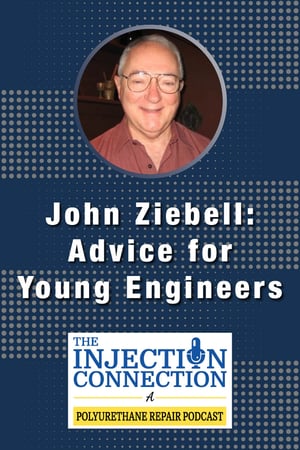

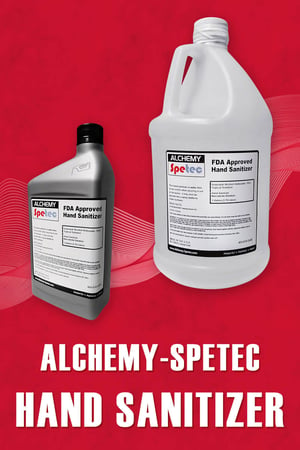 Unfortunately, the Covid-19 pandemic is intensifying again. Please consider protecting yourself on the job and in your daily life with a steady supply of hand sanitizer.
Unfortunately, the Covid-19 pandemic is intensifying again. Please consider protecting yourself on the job and in your daily life with a steady supply of hand sanitizer. 

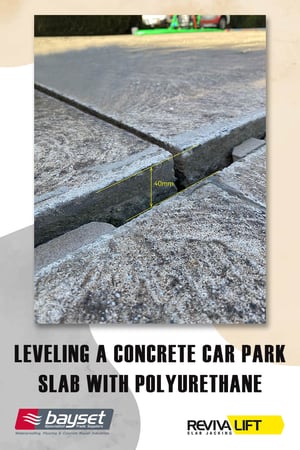 This article, written by guest blogger Mic Ewart (Geotech Go-To and Victorian State Manager of
This article, written by guest blogger Mic Ewart (Geotech Go-To and Victorian State Manager of 


 On this episode of
On this episode of 
 High-performance polyurethane concrete repair equipment is essential to the success of any contractor in this industry. For that reason, I'd like to bring the Section 179 tax break to your attention. According the
High-performance polyurethane concrete repair equipment is essential to the success of any contractor in this industry. For that reason, I'd like to bring the Section 179 tax break to your attention. According the 